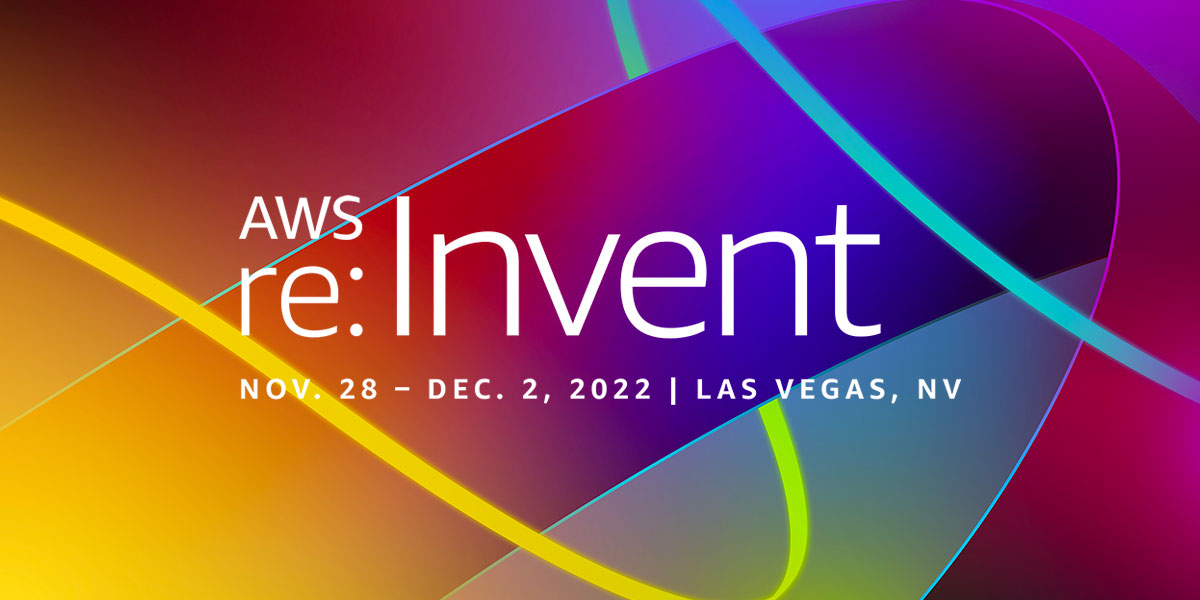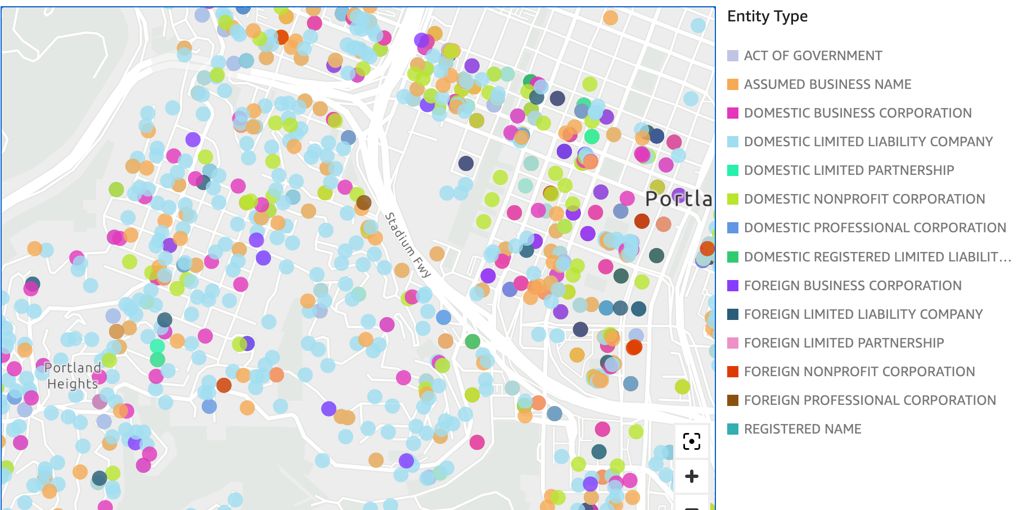AWS Public Sector Blog
Category: Education
Three questions about cloud procurement for the public sector explained
Cloud technology is transforming the way organizations use data to make decisions, provide services to communities, and collaborate across departments and business processes. However, some public sector organizations are challenged by procurement. To help demystify the cloud procurement process, here are answers to three questions public sector procurement officials frequently ask about buying cloud.
Streamlining the protection of cities, counties, and schools with AWS Marketplace
In September 2022, the State of Arizona Department of Homeland Security (AZDOHS) launched a new program to bolster the cybersecurity of Arizona’s most vulnerable cities, counties, and K12 school districts. The Arizona Statewide Cyber Readiness Grant Program enables local entities to reduce their cyberattack surface by accessing technical assistance and software licenses across five functional areas. The Cyber Grant Task Force selected two software providers from the AWS Marketplace hosted on Amazon Web Services (AWS), Tanium and CrowdStrike to assist cities, counties, and schools with improving their cybersecurity posture.
Showing appreciation for our veteran community through training and nonprofit support
Friday, November 11 is Veterans Day in the United States. AWS thanks and honors active duty military and veterans today, and works to show our appreciation and commitment to the military community, veterans, and their spouses through our work year-round. From supporting veteran service organizations and nonprofits to providing training to active-duty and reservist service members, government civilians, transitioning veterans, and military spouses, AWS is dedicated to serving the military and veteran community. Learn more about the progress we’ve made on our ongoing efforts to support the military community throughout the year.
Announcing customer and guest speakers for Max Peterson’s Leadership Session at re:Invent 2022
At re:Invent 2022, discover how AWS empowers organizations across the public sector in the AWS Public Sector Leadership Session, on Tuesday November 29, from 5:00 PM – 6:00 PM. Dr. Peggy Whitson, astronaut and director of human space flight at Axiom Space, and Matthew C. Fraser, chief technology officer (CTO) of New York City, will join Max Peterson, vice president of worldwide public sector at AWS, on the re:Invent stage. Learn how these pioneers are paving new paths with AWS and discover how you can push boundaries and drive your mission forward for constituents.
NASA and ASDI announce no-cost access to important climate dataset on the AWS Cloud
To assist the science community in conducting studies of climate change impacts at local to regional scales, NASA created the NASA Earth Exchange (NEX) Global Daily Downscaled Projections (GDDP) dataset, or NEX-GDDP-CMIP6. This dataset is expected to enhance public understanding of possible future climate patterns at the spatial scale of individual towns, cities, and watersheds. It provides a set of global, high resolution, bias-corrected climate change projections that can be used to evaluate climate change impacts on processes that are sensitive to finer-scale climate gradients and the effects of local topography on climate conditions. As part of the Amazon Sustainability Data Initiative (ASDI), this dataset is available at no cost on the Registry of Open Data.
Reimagine what’s possible for the public sector at re:Invent 2022 — Register now
At this year’s annual re:Invent event from November 28 to December 2 in Las Vegas, you can dive deep on new innovations in the cloud, connect with public sector peers, and discover new solutions to your challenges with AWS. This year, there are more public sector specific content and opportunities for hands-on learning than ever before. Discover what public sector customers have to look forward to at re:Invent 2022, and register your spot today.
4 global skills trends shaping workforce development
In June 2022, AWS Partner Coursera launched the annual Global Skills Report, an in-depth look at the state of skills globally. The Global Skills Report draws data from 100 million learners in more than 100 countries who have used Coursera, a global online learning platform, to develop a new skill during the past year. Building on the findings from the Global Skills Report, the following are four skills trends that workforce development leaders, like those in state and local government and education, should keep in mind as they strive to build an inclusive and competitive workforce.
Visualize data lake address datasets on a map with Amazon Athena and Amazon Location Service geocoding
Many public sector customers in government, healthcare, and life sciences have data lakes that contain addresses (e.g., 123 Main Street). These customers frequently ask how they can quickly visualize these addresses on a geographic map to get a more intuitive understanding of how these addresses are distributed. In this post, learn how to use Amazon Athena and Amazon Location Service to perform ad hoc geocoding on an example dataset and visualize these geocoded addresses on an Amazon QuickSight map.
Zero Waste Zero Hunger: Using data and AI to reduce food waste in South Korea
The Busan Cloud Innovation Center (CIC) teamed up with the World Food Programme (WFP), the Busan IT Promotion Agency, and technology startup Nuvilab to use cloud technology to address food waste in South Korea. Using Amazon’s “Working Backwards” approach with artificial intelligence (AI), machine learning (ML), and data lake solutions on AWS, the team developed Zero Waste Zero Hunger (ZWZH), a program that uses artificial intelligence AI to provide data about food consumption.
Rethinking how to hire and retain cloud talent in the public sector
How can public sector organizations help address the cloud skills gap? To discuss this, AWS recently hosted a webinar with a panel of government officials and workforce planning experts. These experts shared their success stories and offered best practices to state and local agencies looking to develop their own workforce strategies to build a robust pipeline of cloud talent. Read on for the top takeaways from the webinar.








